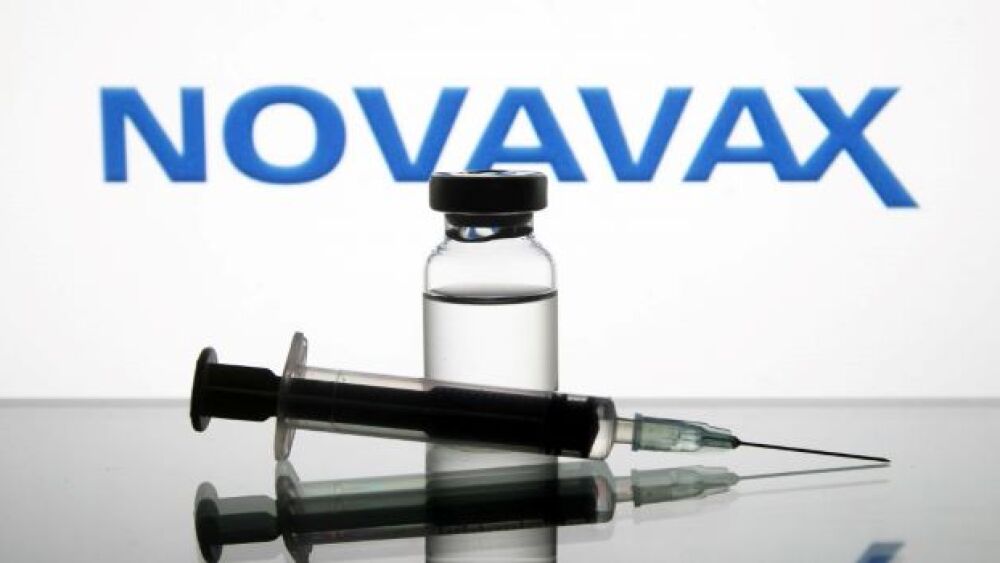"This first-line indication supports the initial use of LUMIGAN® to lower elevated IOP associated with open-angle glaucoma or ocular hypertension," said Scott Whitcup, M.D., Allergan's Executive Vice President, Research and Development. "We are pleased to offer eye care professionals this effective therapy to treat elevated IOP in their glaucoma patients at any point in the course of the disease."
The FDA approved LUMIGAN® in 2001 as an IOP-lowering medication for second-line use. Since its introduction, LUMIGAN® has been widely prescribed by thousands of eye care professionals to reduce elevated IOP in open-angle glaucoma and ocular hypertension patients who were intolerant of other IOP-lowering medications or who did not have a sufficient reduction in IOP in multiple measurements using another IOP-lowering medication.
"The FDA's first-line indication for LUMIGAN® helps to validate that the lipid class of medications has become the mainstay of IOP-lowering therapy and that once-a-day lipids are becoming the therapy of choice based on their efficacy, systemic safety and ease of use," said Paul P. Lee, M.D., J.D., Professor of Ophthalmology, Duke University.
Elevated IOP represents a major risk factor for vision loss associated with open-angle glaucoma; the higher the IOP, the greater the likelihood of optic nerve damage, which can lead to vision loss and potential blindness. LUMIGAN® monotherapy delivers effective and sustained lowering of IOP(1,2), which is significant because elevated IOP is a leading risk factor for glaucoma and the only risk factor that can currently be treated. Glaucoma currently affects approximately three million people in the United States and 67 million people worldwide(3), and is the leading cause of preventable blindness in the United States(4). An estimated three to six million people in the United States have elevated IOP(5).
About LUMIGAN®
LUMIGAN® (bimatoprost ophthalmic solution) 0.03% is indicated for the reduction of elevated intraocular pressure in patients with open-angle glaucoma or ocular hypertension.
Important LUMIGAN® Safety Information
LUMIGAN® has been reported to cause changes to pigmented tissues. The most frequently reported changes have been increased pigmentation of the iris, periorbital tissue (eyelid) and eyelashes, and growth of eyelashes. Pigmentation is expected to increase as long as LUMIGAN® is administered. After discontinuation of LUMIGAN®, pigmentation of the iris is likely to be permanent while pigmentation of the periorbital tissue and eyelash changes have been reported to be reversible in some patients. Patients who receive treatment with LUMIGAN® should be informed of the possibility of increased pigmentation. The effects of increased pigmentation beyond 5 years are not known. In clinical trials, the most frequent events associated with the use of LUMIGAN®, occurring in approximately 15% to 45% of patients, in descending order of incidence, included conjunctival hyperemia, growth of eyelashes, and ocular pruritus.
About Allergan, Inc.
With more than 55 years of experience providing high-quality, science-based products, Allergan, Inc., with headquarters in Irvine, California, develops and commercializes products in the ophthalmology, neurosciences, medical dermatology, medical aesthetics, obesity intervention and other specialty markets that deliver value to its customers, satisfy unmet medical needs, and improve patients' lives.
Forward-Looking Statements
This press release contains "forward-looking statements", including the statements by Dr. Scott Whitcup and Dr. Paul Lee, statements regarding research and development outcomes, efficacy, market and product potential and other statements regarding LUMIGAN®. These statements are based on current expectations of future events. If underlying assumptions prove inaccurate or unknown risks or uncertainties materialize, actual results could vary materially from Allergan's expectations and projections. Risks and uncertainties include, among other things, general industry and pharmaceutical market conditions; technological advances and patents attained by competitors; challenges inherent in the research and development and regulatory processes; challenges related to product marketing, such as the unpredictability of market acceptance for new pharmaceutical products and/or the acceptance of new indications for such products; inconsistency of treatment results among patients; domestic and foreign health care reforms; trends toward managed care and health care cost containment; and governmental laws and regulations affecting domestic and foreign operations. Allergan expressly disclaims any intent or obligation to update these forward-looking statements except as required to do so by law.
Additional information concerning these and other risk factors can be found in press releases issued by Allergan, as well as Allergan's public periodic filings with the Securities and Exchange Commission, including the discussion under the heading "Risk Factors" in Allergan's 2005 Form 10-K and Allergan's Form 10-Q for the quarter ended March 31, 2006. Copies of Allergan's press releases and additional information about Allergan is available on the World Wide Web at www.allergan.com or you can contact the Allergan Investor Relations Department by calling 1-714-246-4636.
(1) Noecker RS, Dirks MS, Choplin NT, et al. A six-month randomized clinical trial comparing the intraocular pressure-lowering efficacy of bimatoprost and latanoprost in patients with ocular hypertension or glaucoma. Amer J Ophthalmol 2003; 135(1):55-63.
(2) Higginbotham EJ, Schuman JS, Goldberg I, et al., for the Bimatoprost Study Groups 1 and 2. One-year, randomized study comparing bimatoprost and timolol in glaucoma and ocular hypertension. Arch Ophthalmol. 2002; 120(10):1286-1293.
(3) Robin AL, Covert D. Does adjunctive glaucoma therapy affect adherence to the initial primary therapy? Ophthalmology, 2005; 112(5):863-868.
(4) The Glaucoma Foundation. "TGF Urges Eye Exams To Detect The Disease Early" January 8, 2006. http://www.glaucomafoundation.org/news_story.php?i=38.
(5) Kass, Michael A., MD. The Ocular Hypertension Treatment Study. Arch Ophthalmol. 2002; 120:701-713.
Contact: Allergan, Inc. Caroline Van Hove, 714-246-5134 (media) Heather Katt, 714-246-6224 (media) Jim Hindman, 714-246-4636 (investors) Joann Bradley, 714-246-4766 (investors) Emil Schultz, 714-246-4474 (investors)
Source: Allergan, Inc.




